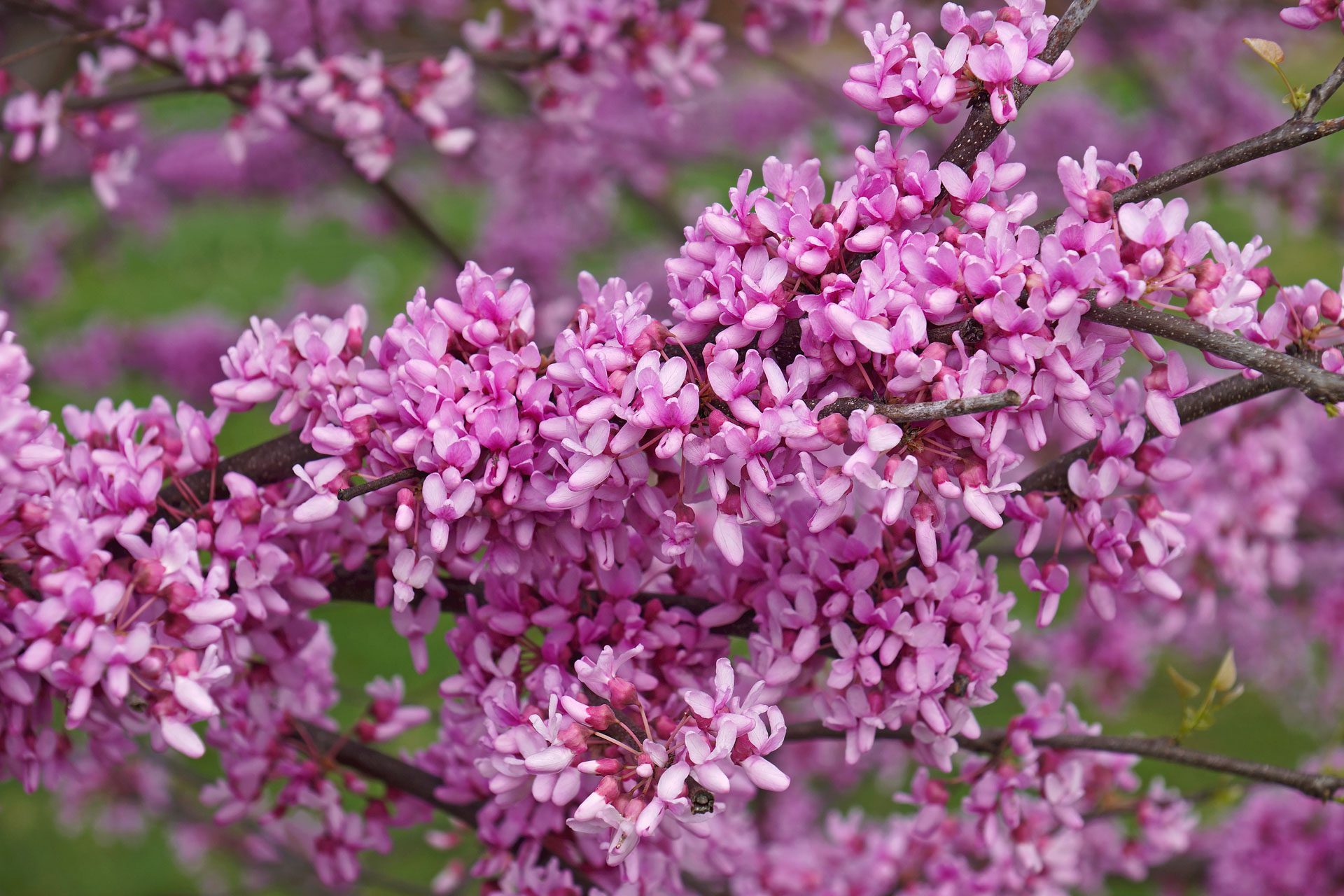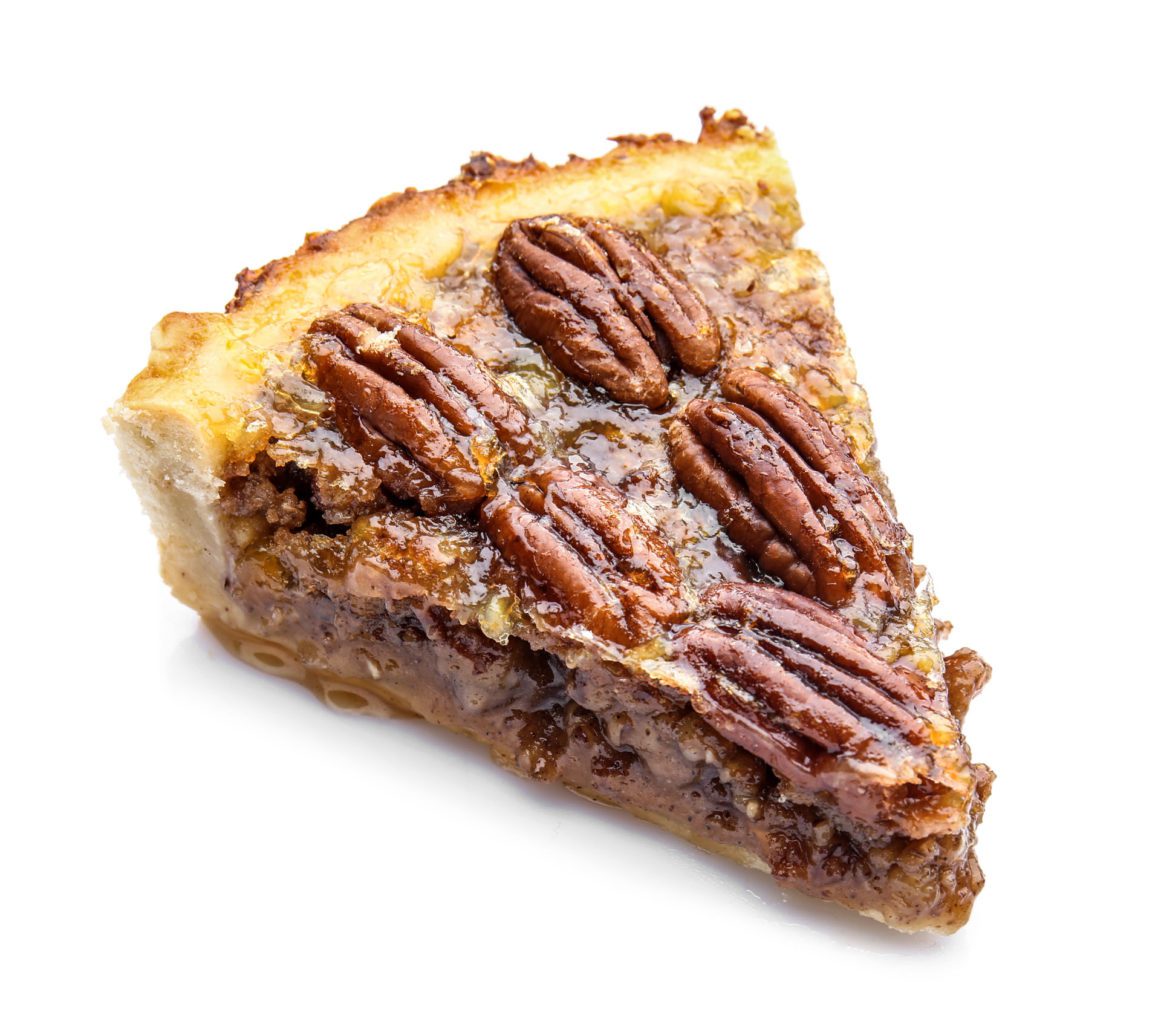The bison, the scissortail flycatcher and the rose rock are some of Oklahoma’s most recognizable state symbols. However, many may not realize that the state has 34 official designations, which range from beverages to astronomical objects.
The Oklahoma legislature is responsible for the designation of these symbols, which pass through a formal legislative process like any other statute. These symbols represent Oklahoma’s unique wildlife, history and culture – some of which have caused more controversy than you might expect.
The State Floral Emblem
Mistletoe, a parasitic botanic that grows in tufts on trees, became Oklahoma’s floral emblem in 1893, almost 15 years before statehood. Since then, this seemingly harmless symbol has stirred up plenty of debate.
When the territorial legislature considered possibilities for this emblem, mistletoe garnered a strong opposition. However, J.A. Wimberly, a territorial representative, and O. Beeson, a local from El Reno, shared a fervor for the plant that fueled their intense lobbying. Wimberly and Beeson were able to sway the opposition, arguing that mistletoe was one of the only florals that could survive Oklahoma’s harsh winters.
William H. Murphy, the ninth governor of Oklahoma, later expressed his disapproval of the floral emblem, stating his preference for alfalfa in a letter he sent to The Oklahoman in 1906. His suggestion, however, did not gain traction. When Oklahoma was granted statehood, the legislature decided to preserve its existing floral emblem.
In the 1980s, mistletoe faced scrutiny once again, when two senators, Kelly Haney and Billie Jean Floyd, as well as Dr. Doyle McCoy, a public school teacher, lobbied for the state wildflower, the Indian Blanket. McCoy spearheaded these efforts, with the reasoning that mistletoe was difficult to grow … and unsightly to boot.
The trio was somewhat successful in their campaign; at the ceremony honoring the state wildflower, several representatives and senators voiced their disdain for mistletoe. Despite the opposition, it remains the state floral emblem to date.
The State Meal
Oklahoma is the only state with an official state meal. On April 19, 1988, the legislature named fried okra, corn, squash, black-eyed peas, cornbread, barbecue pork, chicken fried steak, biscuits, sausage and gravy, grits, strawberries and pecan pie as the state meal.
“Very few people could eat that meal in one sitting,” says Larry O’Dell, director of communications and development at the Oklahoma Historical Society. He explains that the various dishes are representative of the Southern and Native American influences on local faire. However, the motivation for curating such an extensive menu was to promote consumer awareness around Oklahoma’s agricultural products.
While in office, Sen. Brian Crain challenged the state meal by authoring a resolution that would rescind its designation. In this resolution, Crain listed the state meal’s nutritional value, including its total number of calories: 2,700.
He argued that the state meal should promote a healthier lifestyle for Oklahomans. However, Crain did not offer a suggestion for another meal to take its place. He stated to reporters that the proposed resolution was “symbolic,” although ultimately unsuccessful.
The State Songs
Perhaps the most popular state song is Rodger and Hammerstein’s “Oklahoma!” which became the official state song in 1953, usurping Harriet Parker Camden’s song, “Oklahoma, a Toast!” from this designation.
George Nigh, a house representative at the time who later went on to become Oklahoma’s governor, led the efforts to replace the former. He was met with resistance at first; to overcome the opposition, Nigh organized performances of the musical’s songs at the state capitol.
These performances starred Ridge Bond, a Broadway actor, and the Oklahoma College for Women’s choir. Their performances were so moving that the legislature voted to pass Nigh’s resolution immediately.
“[The state song] helped improve morale of the state after the Great Depression and World War II,” says O’Dell.
In the same spirit, the Oklahoma Historical Society lobbied for a state rock-and-roll song, holding a public vote for this designation in 2008. Over half of the votes were for “Do You Realize??” by the Flaming Lips, a rock band from Oklahoma City. The state senate then passed legislation that aligned with the vote and held an honorary ceremony, which the Flaming Lips attended. However, a handful of House Representatives decided to vote against the measure. Representative Corey Holland, who voted against the bill, told reporters that he was offended by what Michael Ivins, former bassist of the Flaming Lips, wore to the ceremony – a bright red t-shirt with a graphic of a hammer and sickle.
Ivins’ shirt gained national news coverage, and the bill failed to pass in the House.
“The Flaming Lips actually donated that T-shirt,” says O’Dell. “It’s in our collection now.”
A few days after the bill failed, former Oklahoma governor Brad Henry signed an executive order that designated “Do You Realize??” as the state rock-and-roll song.
The Future of State Symbols
Since 2019, the Oklahoma legislature has passed legislation for several new state symbols, including a state pet, state fiber and state steak. The latest addition is the state horse, the American quarter horse, which government officials celebrated by traveling to the capitol on horseback in August.
Oklahomans and non-Oklahomans alike can appreciate the state’s distinct history and culture as the list of state symbols grows.
“State symbols show people that aren’t from Oklahoma what is important to us … and what life is like in Oklahoma,” says O’Dell.
More Designations
Animal American buffalo
Colors Green and white
Fruit Strawberry
Monument Golden Driller
Motto “Labor omnia vincit.” – Work conquers all things.
Musical instrument Fiddle
Pet Rescue animals
Reptile Collared lizard
Tree Redbud
Vegetable Watermelon




























